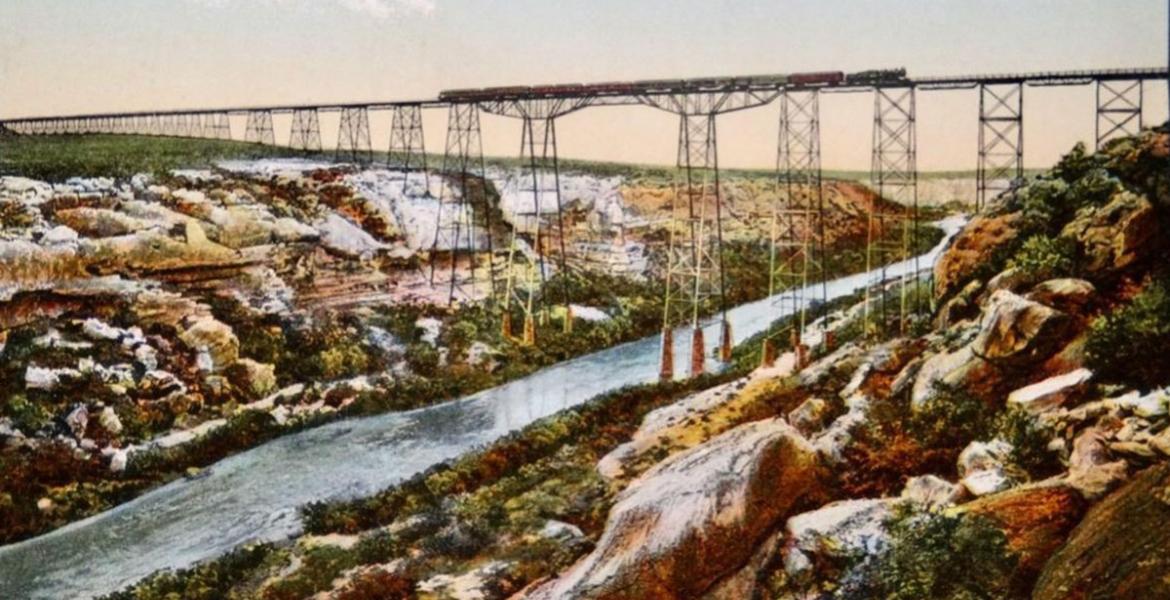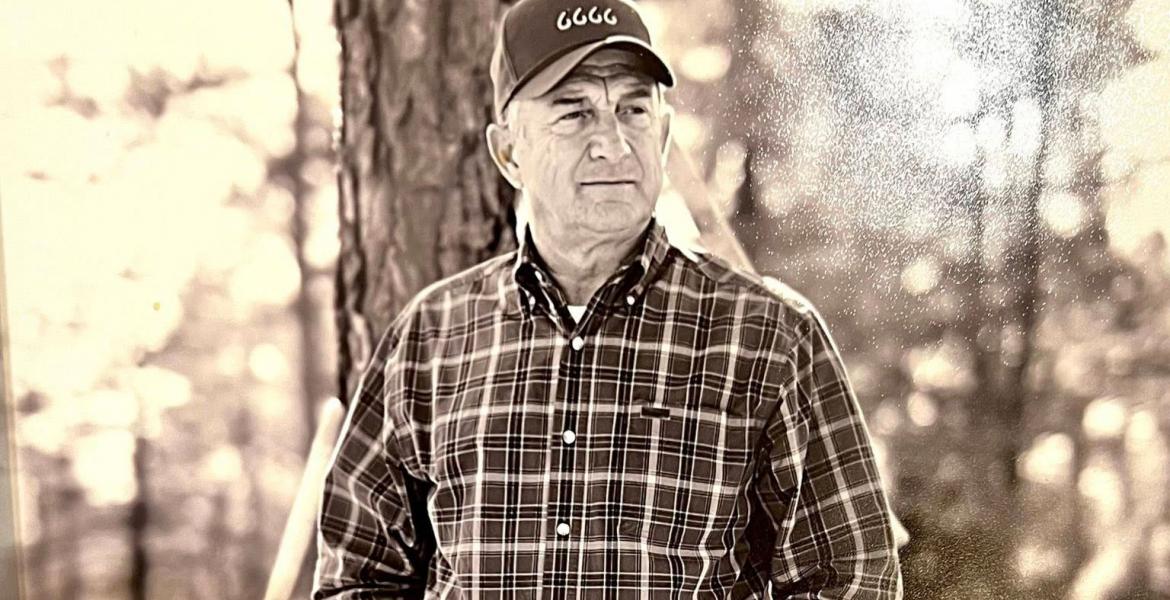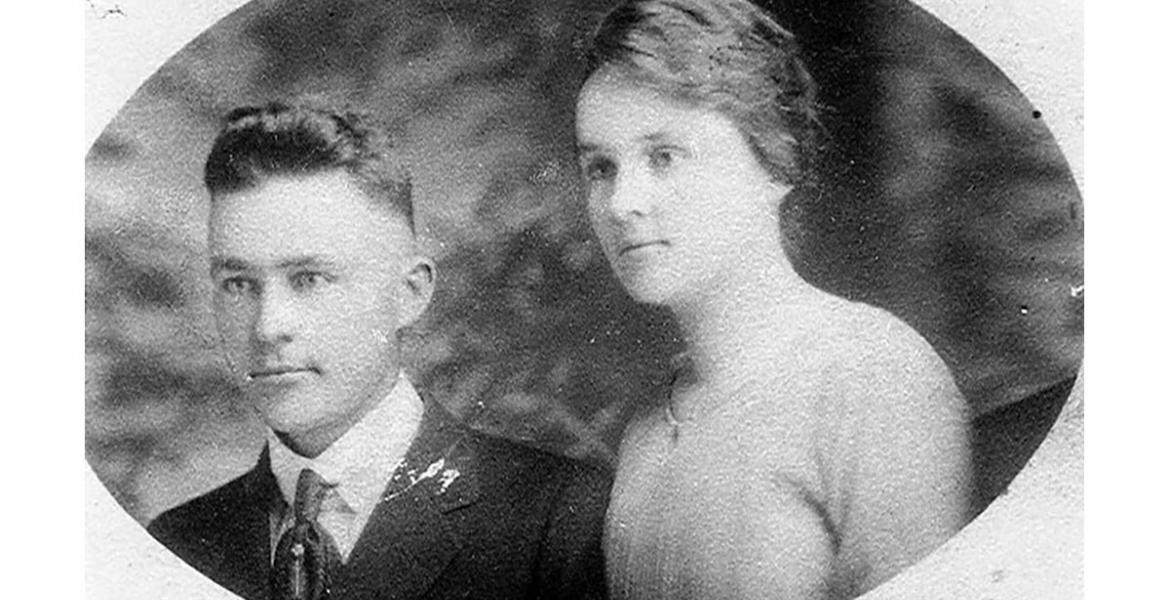OPINION — The couple had not been overly religious, but when their son was about ten years old they decided they should start taking him to church. Their first Sunday morning back, he sat quietly through the sermon in unfamiliar territory, fidgeting only when absolutely necessary.
They decided to attend evening worship also, and the boy resigned himself to another long, boring ride in the pew. It happened to be Memorial Day Sunday, and there were flags at the front of the auditorium. The boy, as a way to break the monotony, whispered to his dad, “What are the flags for?”
His father whispered back, “They’re there to help us remember those who died in the service.”
After thinking about that a moment, the boy asked, “Was that the morning service, or the evening service?”
We all observe Memorial Day in our own way. Some take trips with family and friends, some have picnics or cookouts, some enjoy the day quietly at home. However we celebrate, we are all blessed with the freedom bought for us by those who gave themselves for their country.
I never served in the military, but I have a shelf in my office that holds some special items that help me remember the sacrifices made for me by others. A model Willys Jeep, a dummy grenade, a World War II first aid kit, a deck of military playing cards from Fort Hood, a picture of the firefighters raising the flag at the World Trade Center on 9/11.
Sitting on the WWII first aid kit is one of the few GI Joes made to look like an actual person. Mine is Ernie Pyle, the famous war correspondent who was killed by the Japanese on the South Pacific island of Ie Shima at the very end of the war. Pyle, more than any other writer, appreciated the hardships, dedication, and bravery of the Americans fighting on the front lines, and he told their story in honest, simple language.
[[{"fid":"41576","view_mode":"default","fields":{"format":"default","field_file_image_alt_text[und][0][value]":"Ernie Pyle, the famous war correspondent who was killed by the Japanese on the South Pacific island of Ie Shima at the very end of the war.","field_file_image_title_text[und][0][value]":"Ernie Pyle, the famous war correspondent who was killed by the Japanese on the South Pacific island of Ie Shima at the very end of the war."},"type":"media","field_deltas":{"1":{"format":"default","field_file_image_alt_text[und][0][value]":"Ernie Pyle, the famous war correspondent who was killed by the Japanese on the South Pacific island of Ie Shima at the very end of the war.","field_file_image_title_text[und][0][value]":"Ernie Pyle, the famous war correspondent who was killed by the Japanese on the South Pacific island of Ie Shima at the very end of the war."}},"attributes":{"alt":"Ernie Pyle, the famous war correspondent who was killed by the Japanese on the South Pacific island of Ie Shima at the very end of the war.","title":"Ernie Pyle, the famous war correspondent who was killed by the Japanese on the South Pacific island of Ie Shima at the very end of the war.","class":"media-element file-default","data-delta":"1"}}]]
Above: Ernie Pyle, the famous war correspondent who was killed by the Japanese on the South Pacific island of Ie Shima at the very end of the war.
On the shelf are a few RMOs given to me by serving friends. RMOs are Round Metal Objects, because the acronym-rich military has an aversion to calling them coins. They are unit specific, and being given an RMO by someone I owe so much is a humbling experience. Those are some of my most treasured possessions.
I also have a coozie shaped like a life jacket which was given to me by a young man in the U.S. Coast Guard, and a 5x8 American flag I rescued from a radio tower near Brady, Texas in 1980, but that’s another story.
My Navy Chaplain friend, who shares my love for books, gave me a camouflage pocket New Testament, including Psalms and Proverbs, that has the Marine insignia on the front, and a camouflage Navy/Marine Corps Devotional Field Book. The New Testament has gone with me on some of my most memorable trips, including one to Alaska a few years ago. Every time I see that book, a Bible with a camo cover, it makes me wonder at the dedication of someone who would have to take such precautions to avoid the enemy, even while reading the Bible.
Chaps also gave me a field manual designed for a Marine Rifle Squad, published in 1963, which is full of fascinating information. For example, the signal for ‘enemy in sight’ is, or was at that time, to stand up and raise your rifle overhead at arms length with both hands. It seems to me that if the enemy is in sight, so am I, and the prudent thing to do would be to dig a hole and crawl in. But then, I was never a Marine.
Above the shelf where I keep these things is a picture of The Wall, the Vietnam Memorial in Washington, D.C., with the Washington Monument in the background. The sidewalk in front of The Wall, in the photograph, is covered with flowers, flags, crosses, and other mementos people have left there.
The Vietnam Memorial, in case you’ve never visited, is more than slabs of granite with names on it. It’s below ground level, and the noise and commotion of the city around don’t seem to intrude there. It’s a quiet place of reflection and reverence, a moving tribute to the fallen of that war. Every time I look at that picture I remember the day my son and I visited The Wall, and the impression it made on me.
On that same day we were privileged to watch the Marine Silent Drill Team perform at the Iwo Jima Memorial. There must have been at least a thousand people there, and you could have heard a pin drop in the grass. It was the most impressive performance I’ve ever witnessed, and I believe every American should have the opportunity.
We can’t afford to pay the debt we owe those who have given their lives for our freedom, and we can’t afford to forget their sacrifice. All we can do is honor their memory, and appreciate their gift . . .
Kendal Hemphill is an outdoor humor columnist and minister. Write to him at [email protected]
Subscribe to the LIVE! Daily
Required






Post a comment to this article here: